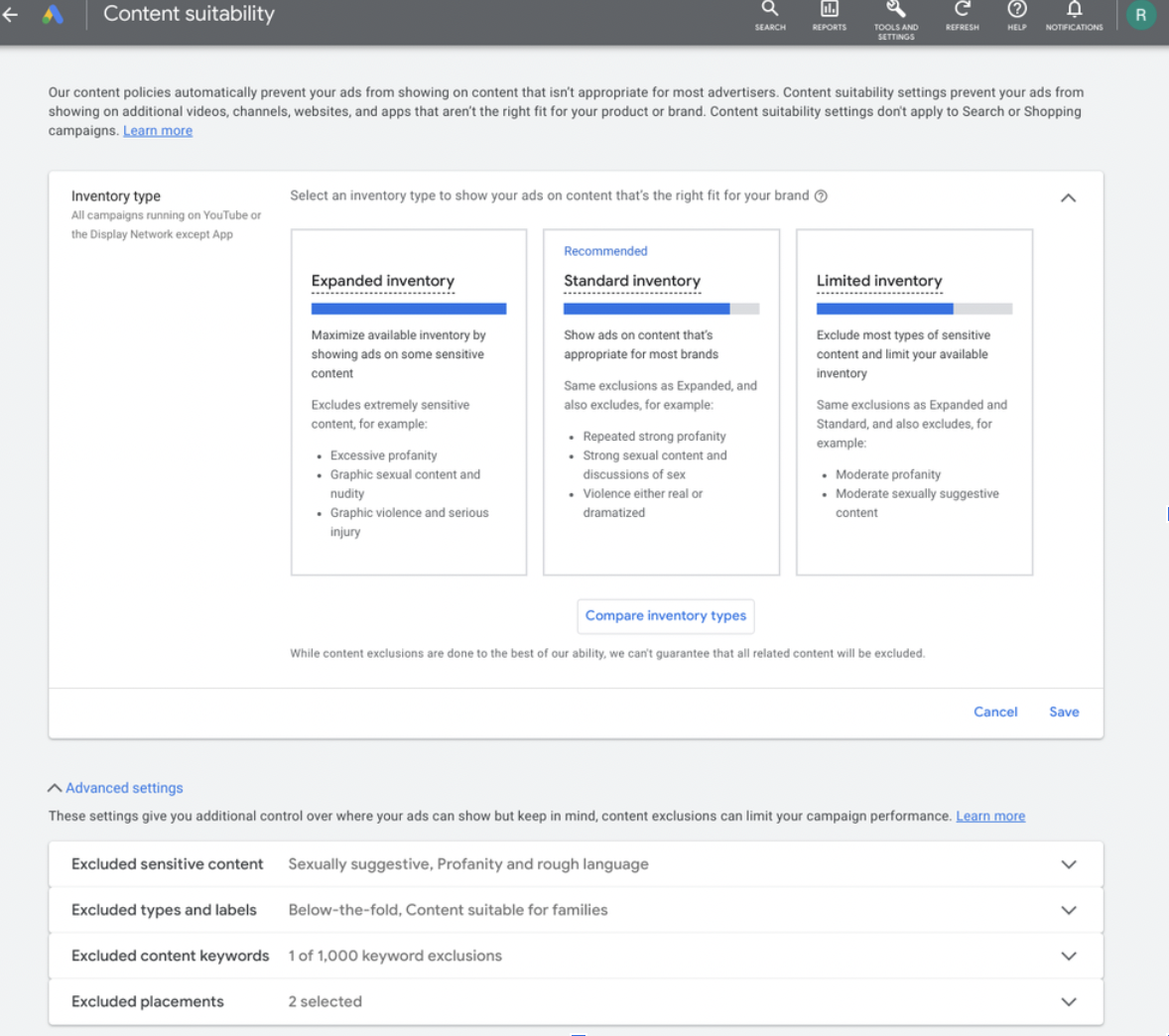The world of SEO is forever changing, and this October, there are a number of updates to keep in mind for those who work in the SEO field, be it in-house, as a freelancer, or in an agency.
To begin, Google changed its Webmaster guidelines to replace them with Google Search Essentials.
Google Search Essentials
On the 13th of October, Google refreshed and updated its two-decade-old Webmaster guidelines renaming them to Google Search Essentials.
This change comes to update their guidelines to bring them in line with the various changes that have happened to the search engine (and the internet in general) since their original publication date back in 2002.
This is the biggest update to the guidelines there has ever been, and the refresh was much needed to allow Google to effectively communicate the best way to build a site that’s user-friendly and that serves users’ intent first and foremost.
The update includes the following:
- A new section to ensure people understand the technical requirements of publishing as well as indexing a site correctly.
- An update to spam policies. This update is designed to help website owners create content that is useful to searchers and to outline inappropriate behaviour (such as link spam, deceptive behaviour, hacked content, malware, thin affiliate pages and so on).
- A name change. Google Webmaster Guidelines is now Google Search Essentials.
- New sections for misleading functionality, scam and fraud, copyright-removal requests and online harassment removals.
Google also launched a new content stability centre in Google Ads this month too.
Google Ads Content Suitability Centre
The new content suitability centre for Google Ads has been released and is designed to help advertisers reduce errors and improve efficiency when it comes to advertisement placements.
This new centre allows advertisers to manage content suitability settings for all their campaigns for the Google Display Network (GDN) in one place. This includes adverts on the video-sharing platform YouTube.
This allows advertisers to set suitability preferences across the GDN and YouTube. Advertisers can control exclusions and inventory mode preferences with ease using this new centre.
The new inventory options are:
- Limited Inventory (that excludes most types of sensitive content)
- Standard Inventory (the recommended default that shows ads on content deemed suitable for most brands)
- Expanded Inventory (allows for ads to be shown on content that contains sensitive content)
This is complemented by additional exclusion setting such as:
- Specifically excluded placements
- Excluded types and labels
- Excluded sensitive content
- Excluded content keywords
A screenshot of the new centre (credit: Google):

Google Data Studio Renaming
Google is known for merging existing products as well as renaming products to better describe or fit its changing purpose. This month, on October 11th, the Google Data Studio was renamed to Looker Studio.
This change comes as Google continues to unify their business intelligence product family under the Looker umbrella.
Google went on to explain that they ‘intend to integrate Looker with as many Google and partner products as our customers need’ to allow for a seamless and straightforward user experience.
One instance of a major integration is Looker with Google Workspace, to allow insights to be available in the productivity tools that Google Workspace users will access every day in the course of business.
Another major integration will be Looker with Google Sheets, with plans for a full release of this integration in 2023.
New Features For Bookings & Tours For Google Search & Maps
For local businesses looking to stay on top of their local SEO game, Google released three new features for Google Maps related to bookings and tours. The new features are designed to make it easier for prospective customers to book tickets or experiences via Google.
The first new feature is being able to book tickets for attractions through Google Maps on both Mobile and Desktop. This allows customers to convert directly from SERPs via a Google Knowledge Graph. The update also allows customers to compare ticket prices across different vendors to get the best deal.
Additionally, experiences related to attractions can now be shown separately. This allows customers greater visibility of related experiences in an area or for an attraction they may not be able to find as easily otherwise. This specific feature is currently only available in Search, with plans to roll it out on Maps.
Edited ticket prices on Google Business Profiles are now available for attraction or business owners. Direct booking links can also be provided via a Google Business Profile.
Lastly, ‘things to do’ advertisements are now viewable via relevant search queries in 24 different countries. These ads can now appear on individual attraction knowledge graphs in Search.
In Summary
October has been a busy month for Google Updates. Having come off the back of September’s updates, including the major content update, Google isn’t slowing down with optimisations to their search engine to improve search results for its users.
Want to stay ahead of the competition? Reach out to us now to see how your business can benefit from SEO services and these newly released features!
Or perhaps you are looking for a career in SEO? Learn all about us and browse our available roles today.

